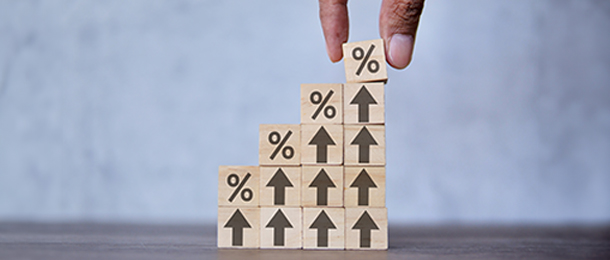The federal government has announced it will lift social security deeming rates for the first time since 2020 and resume increasing them twice a year in line with the indexation of pension payments.
Social Services Minister Tanya Plibersek announced the move and stated the rates would rise by 0.5 per cent a year and from 20 September the lower deeming rate would increase to 0.75 per cent a year and the upper deeming rate would climb to 2.75 per cent a year.
She noted deeming rates were frozen as an emergency COVID-19 measure, with that freeze extended by the government as the economy recovered in successive years, but further increases would now occur.
“As Australians begin to feel the positive impacts of inflation easing, the government will now gradually return deeming rates to pre-pandemic settings, that is, to reflect rates of return that pensioners and other payment recipients can reasonably access on their investments,” Plibersek said.
“In line with stakeholder feedback, changes to deeming rates will happen at the same time as the indexation of payments, and increases will be staged. This will produce fairer outcomes by ensuring the rate reflects current economic conditions.”
In an update to financial advisers on the development, Colonial First State pointed out the initial change was not of concern, but the ongoing increases should be noted for those receiving social security payments.
“Since the increase in deeming rates on 20 September 2025 is relatively small, it is not expected to have a major impact on people receiving social security payments, concession cards or paying aged-care fees,” the financial services firm explained.
“However, as deeming rates gradually increase in the future, we can expect to see larger reductions in social security payments for people impacted by the income test.
“People paying aged-care fees may also be impacted by future increases in their fees for both home care and residential aged care.
“Commonwealth Seniors Health Card holders with deemed account-based pensions who have relatively low levels of adjusted taxable income are unlikely to be impacted. For example, a single person with no other adjusted taxable income could hold approximately $3.7 million in an account-based pension and remain eligible.”
National Seniors Australia chief executive Chris Grice acknowledged the increase in deeming rates will be accompanied by an indexation-based rise in the age pension, which will climb by up to $29.70 for singles and $22.40 each for couples per fortnight.
“While the lift on the freeze will not be welcomed, we recognise the government has attempted to cushion the impact by aligning changes with indexation to the age pension. By timing increases to deeming rates with indexation and doing this slowly as interest rates reduce, this avoids what could have been a sharper impact on pensioners,” Grice said.




